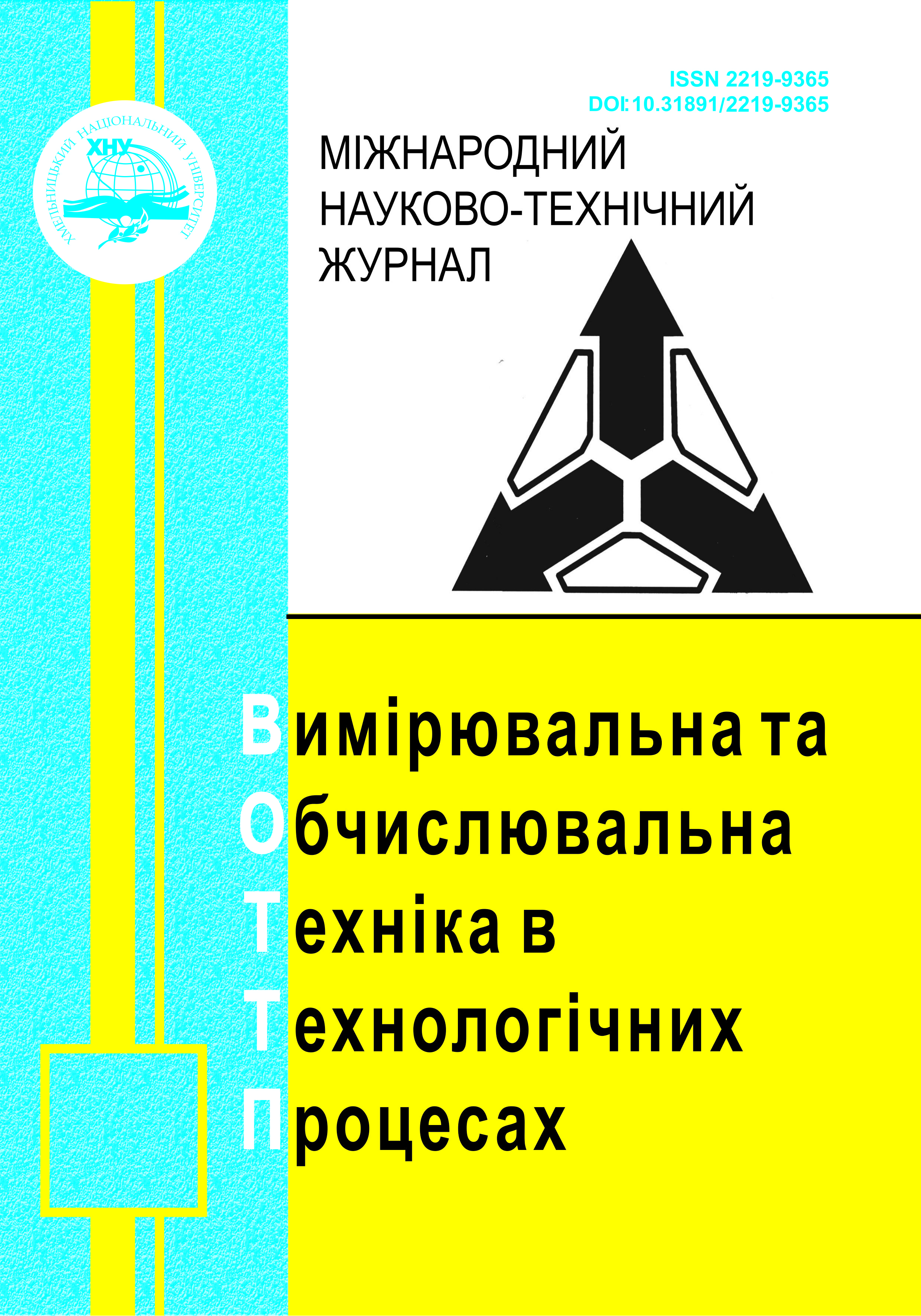CALCULATION OF THE PARAMETERS OF THE DIGITAL TWIN OF THE PANDA ARM ROBOT MANIPULATOR
DOI:
https://doi.org/10.31891/2219-9365-2024-80-25Keywords:
robotic manipulator, Panda Arm, virtual prototype, simulation model, digital twin, parabolic mixing method, recursive Newton-Euler algorithm, Lagrange transformAbstract
In recent decades, there has been an increase in the degree of automation of technological processes through the introduction of robotic equipment. Accordingly, the requirements for the accuracy of such equipment are increasing. One of the ways to accelerate and more accurately ensure these indicators is to integrate modeling and subsequent simulation of the operation of such equipment as an integral element of robotic equipment development. Virtual testing of the efficiency of robotic equipment is carried out on the basis of the development of high-precision virtual models, complex in configuration, which are called digital twins.
This paper considers the creation of a digital twin of the Panda Arm robot manipulator at the stage of calculating its motion trajectory to ensure maximum efficiency and minimum power consumption. To calculate the motion trajectory, the parabolic mixing method was used, which involves dividing the trajectory into linear motion sections with zero acceleration and fixed speed and parabolic motion phases characterized by maximum acceleration.
The paper also analyzes the mathematical model for estimating energy consumption based on the Lagrange transform and the recursive Newton-Euler algorithm. The isolation of these mathematical dependencies will allow further work with a digital twin to perform the functions of a robot manipulator with minimal power consumption. When calculating the power consumption of Panda Arm, in addition to the main characteristics, such critical operating conditions as maximum speed and acceleration were also taken into account, as well as the efficiency and current losses due to motor resistance.

